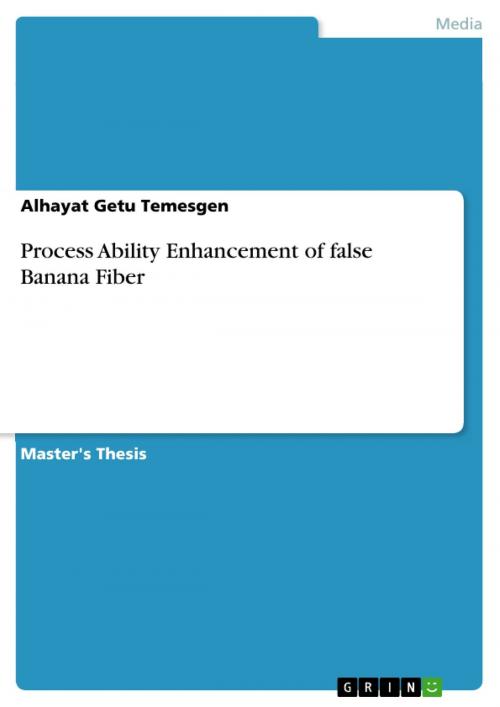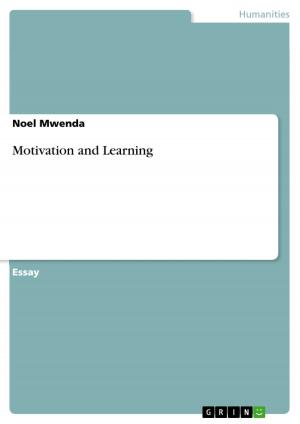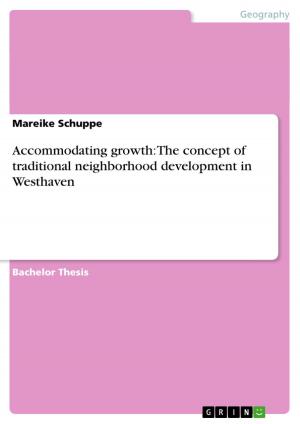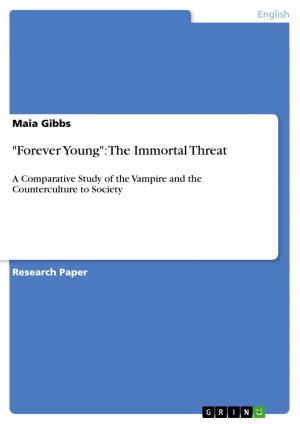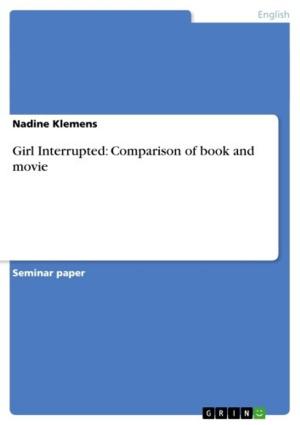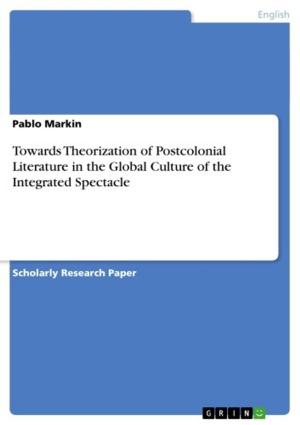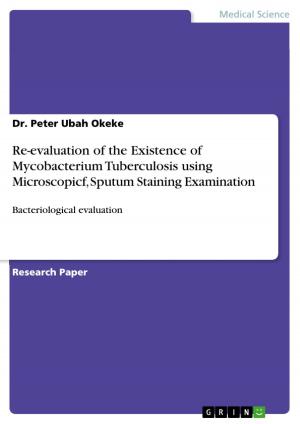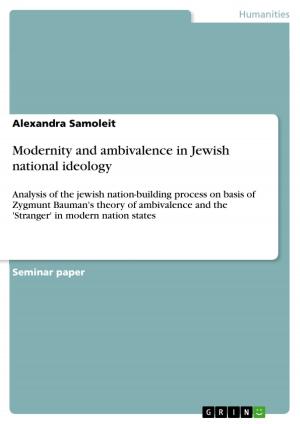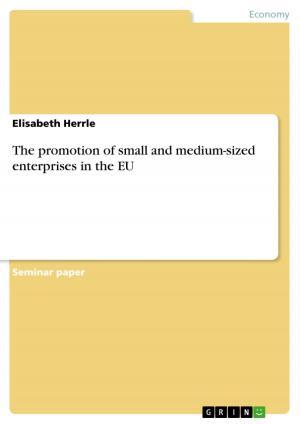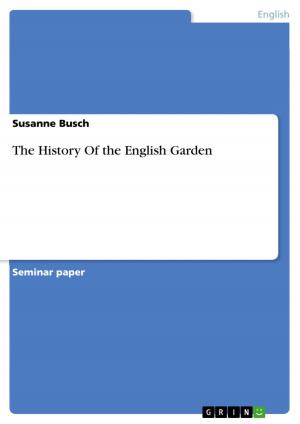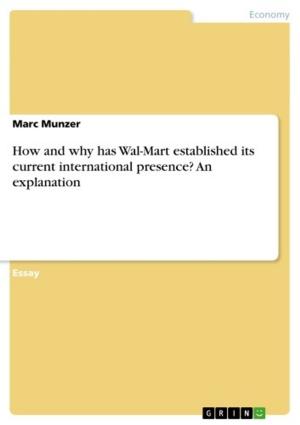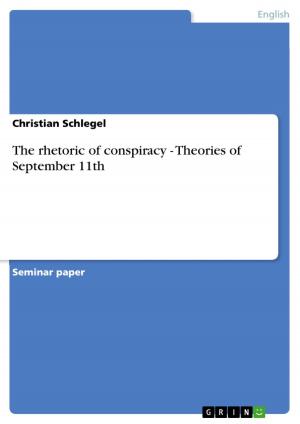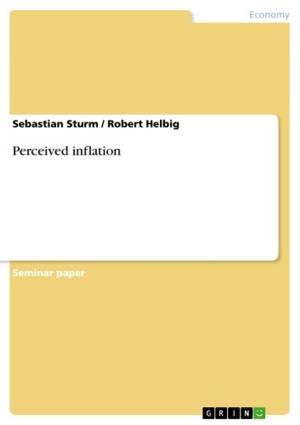| Author: | Alhayat Getu Temesgen | ISBN: | 9783656295242 |
| Publisher: | GRIN Publishing | Publication: | October 23, 2012 |
| Imprint: | GRIN Publishing | Language: | English |
| Author: | Alhayat Getu Temesgen |
| ISBN: | 9783656295242 |
| Publisher: | GRIN Publishing |
| Publication: | October 23, 2012 |
| Imprint: | GRIN Publishing |
| Language: | English |
Master's Thesis from the year 2012 in the subject Textile, Print, Crafting, grade: Excellent, Bahir Dar University (Institute of Technology for Textile, Garment and Fashion Design), language: English, abstract: ABSTRACT: False banana fibers (ventricosum), as well as other lignocelluloses fibers were constituted of cellulose, hemicellulose, lignin, wax and water soluble components. The abundance of this fibers combined with the ease of their availability can be used to substitute synthetic fibers that were potentially toxic. In this work, the structure, characterization of False banana fibers (FBF) modified by physico-chemical treatment was studied. One of the components of the study was to develop a process for softening of false banana fiber or yarn for the production of diversified FBF products like sack, mat or carpets of supple feel and improved texture on industrial scale. Some important physico-chemical properties of this fibers changed due to chemical (silicon softener, NaOH, Na2CO3, H2O2,MgSO4) and bio-chemical (Aloe Vera, castor oil, cottonseed oil ,fat and soap) treatment. The changes due to Physico-chemical treatment include, % of weight loss, moisture content/regain, tensile strength, fineness, bending and torsional rigidity of the fiber were studied on process performance in FBF yarn manufacturing. Results showed that treated FBF had good flexibility, supple fell, and excellent moisture content/regain and was finer than untreated FBF. Also treated FBF was low cost alternative to substitute imported jutes and sisal in Ethiopia sack manufacturing industry, improve export market of coffee and an additional income generating for Ethiopian people live under poverty line. Key word: False Banana Fibers, castor oil, Aloe Vera, castor , cotton seed oil, supple feel, bending and tonsional rigidity.
Master's Thesis from the year 2012 in the subject Textile, Print, Crafting, grade: Excellent, Bahir Dar University (Institute of Technology for Textile, Garment and Fashion Design), language: English, abstract: ABSTRACT: False banana fibers (ventricosum), as well as other lignocelluloses fibers were constituted of cellulose, hemicellulose, lignin, wax and water soluble components. The abundance of this fibers combined with the ease of their availability can be used to substitute synthetic fibers that were potentially toxic. In this work, the structure, characterization of False banana fibers (FBF) modified by physico-chemical treatment was studied. One of the components of the study was to develop a process for softening of false banana fiber or yarn for the production of diversified FBF products like sack, mat or carpets of supple feel and improved texture on industrial scale. Some important physico-chemical properties of this fibers changed due to chemical (silicon softener, NaOH, Na2CO3, H2O2,MgSO4) and bio-chemical (Aloe Vera, castor oil, cottonseed oil ,fat and soap) treatment. The changes due to Physico-chemical treatment include, % of weight loss, moisture content/regain, tensile strength, fineness, bending and torsional rigidity of the fiber were studied on process performance in FBF yarn manufacturing. Results showed that treated FBF had good flexibility, supple fell, and excellent moisture content/regain and was finer than untreated FBF. Also treated FBF was low cost alternative to substitute imported jutes and sisal in Ethiopia sack manufacturing industry, improve export market of coffee and an additional income generating for Ethiopian people live under poverty line. Key word: False Banana Fibers, castor oil, Aloe Vera, castor , cotton seed oil, supple feel, bending and tonsional rigidity.
